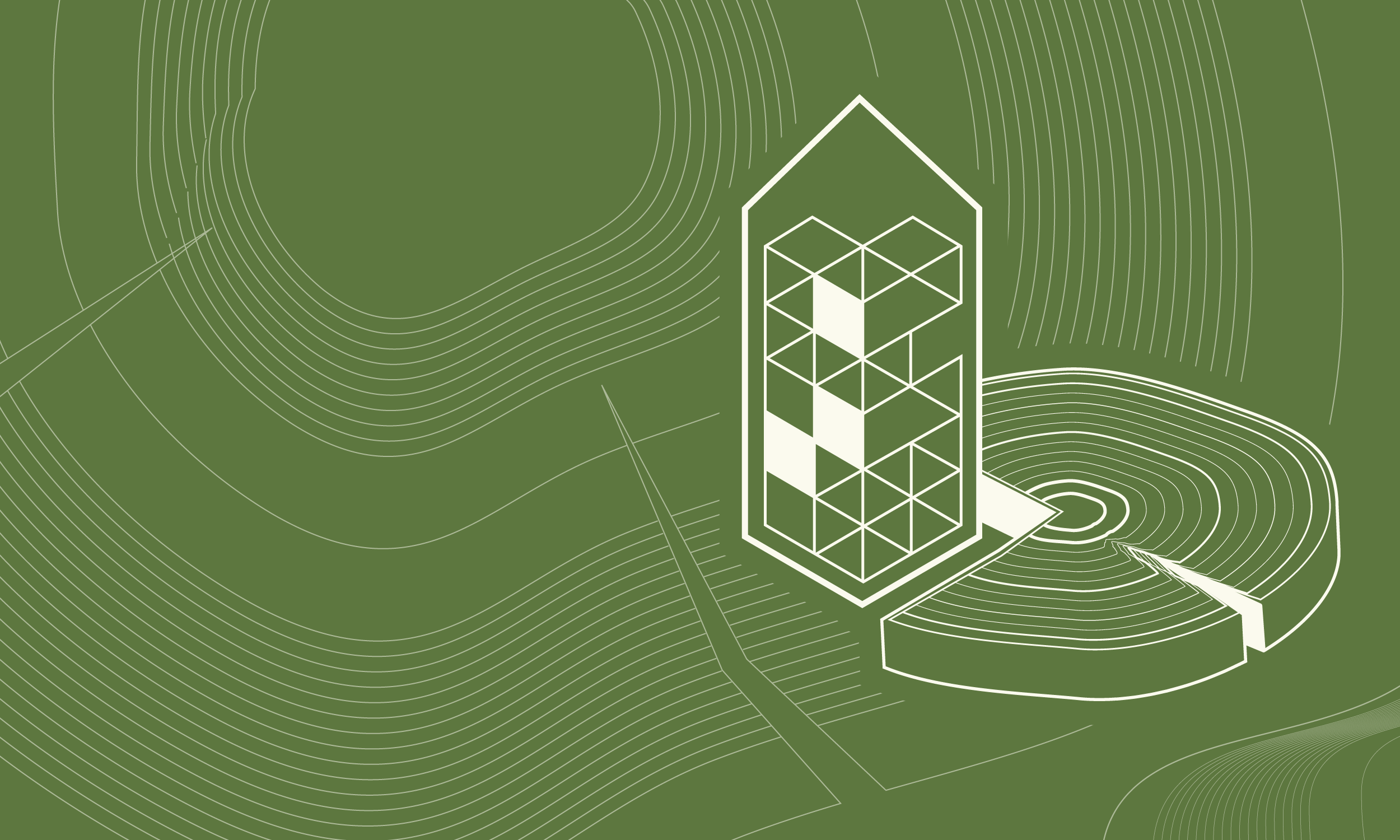
Sustainable Building with Timber
Free online course on edX
Start anytime
Registration open
Following a successful first run with over 4,500 learners from more than 100 countries, registration for the rerun of the free online course Sustainable Building with Timber is now open!
This self-paced course, consisting of six modules, is designed for all stakeholders in the built environment—architects, developers, engineers, consultants, policymakers—and students. It provides the knowledge and skills needed to harness the vast potential of timber construction. Developed by Delft University of Technology (TU Delft) in collaboration with the Forest Stewardship Council and other partners, the course allows learners to start anytime and progress at their own pace.
Photo: Lister Buildings
"The way and manner we build and materialize has to change. One of the most promising solutions is building with wood and other biobased materials from sustainably managed sources.”
Arjan van Timmeren, professor of Environmental Technology & Design at TU Delft
Why join the MOOC?
The first edition of this course attracted high enrolment numbers—a clear indication of the importance of this topic. Learners made valuable contributions to the project library, sharing high-quality examples of timber buildings from around the globe. The course received excellent feedback, with an average rating of 8, reflecting its positive impact and relevance. Don't miss your chance to join this inspiring learning experience!
HOME for the future
This course is part of the HOME for the Future project, an initiative by FSC® Netherlands and FSC® Denmark. The project’s mission is to promote the use of wood from sustainably managed forests in social housing construction. To achieve this, the project focuses on several key areas: advocating for the inclusion of wood as a building material in legislation, enhancing knowledge within the construction industry about building with wood, and contributing to the National Environmental Database by producing life cycle analyses (LCAs) and environmental product declarations (EPDs). Additionally, tools are being developed to better assess the financial and climate-related benefits of building with wood. HOME for the Future is funded under the EU LIFE program.
Course syllabus
-
We will explore the importance of shifting to a (more) timber and bio-based construction industry, within the larger societal context of circularity, sustainability and the move toward a ‘post-carbon’ building sector. You will learn how this includes the entire value chain from sustainable forestry to the socio-cultural and economic aspects of policies that hinder, or favor, timber construction and innovation.
-
We will explain the relevance of assessing the environmental impacts of building with timber vs. conventional materials, with a method called Life Cycle Assessment (LCA). You will learn the general framework of LCA, and compare results based on an illustrative case study assessing alternative materials. We will then focus on the comparison of carbon footprints, end-of-life scenarios, and the importance of prolonging product lifespans.
-
You will embark on a journey through the evolution of timber construction, starting with the history of timber products, from traditional sawn timber to modern CNC-milling. We will delve into the basic properties of wood, its structural capacity, fire safety and seismic resistance, and its impact on acoustics and well-being.
-
Journey through the intricacies of timber structures and components, traversing from basic log construction to advanced space module methodologies. We will define building heights and explore the diverse timber building typologies ranging from low-rise, mid-rise, refurbishments and topping-ups, to the ambitious high-rise and tall timber constructions. Concluding the module, you will encounter hybrid timber systems: both those combining varied wood species into harmonious structures and the innovative composite concrete floor systems setting the standard for multi-storey edifices.
-
You will delve into the historical evolution of joinery culture and the crucial role it plays in timber construction. You will explore timber façades and discover the products that shape their beauty. Water management strategies, the anatomy of skins and the thermal envelope will become your ally as you understand its impact on timber façades. Prefabrication of components and assembly with elements will unlock new possibilities for efficient construction, adaptability and values for change. And as we look to the future of timber construction, you will be inspired by innovations yet to come.
-
We will explore the prefabrication potential of building in mass timber. You will go on a short (virtual) tour through a conditioned manufacturing hall to understand how activities associated with construction can easily be moved away from building sites, and why they should be.
Instructors
The Sustainable Building with Timber course was developed by TU Delft's Faculty of Architecture and the Built Environment and the TU Delft Circular Built Environment Hub, in collaboration with VIA University College Denmark, FSC® Netherlands, Ssse OvO associates architects, Lister Buildings, AMS Institute, Material District geWOONhout, Waechter Waechter and TU Darmstadt.







